Tag: coffin
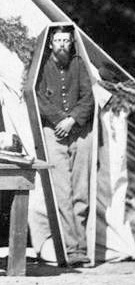 Wikipedia says: A coffin is a funerary box used for viewing or keeping a corpse, either for burial or cremation.
Wikipedia says: A coffin is a funerary box used for viewing or keeping a corpse, either for burial or cremation.
The word took two different paths. Old French cofin, originally meaning basket, became coffin in English; its modern French form, couffin, means cradle. A distinction is often made between coffin and casket: the latter is generally understood to denote a four-sided or eight-sided (almost always a rectangular or long octagonal) funerary box, while a coffin is usually six-sided or twelve-sided (almost always an elongated hexagonal or elongated dodecagonal) funerary box. However, coffins having a one-piece side with a curve at the shoulder instead of a join are more commonly used in the United Kingdom.
The earliest evidence of wooden coffin remains, dated at 5000 BC, was found in the Tomb 4 at Beishouling, Shaanxi. Clear evidence of a rectangular wooden coffin was found in Tomb 152 in an early Banpo site. The Banpo coffin belongs to a four-year-old girl; it measures 1.4 m (4.6 ft) by 0.55 m (1.8 ft) and 3–9 cm thick. As many as 10 wooden coffins have been found at the Dawenkou culture (4100–2600 BC) site at Chengzi, Shandong. The thickness of the coffin, as determined by the number of timber frames in its composition, also emphasized the level of nobility, as mentioned in the Classic of Rites, Xunzi and Zhuangzi. Examples of this have been found in several Neolithic sites: the double coffin, the earliest of which was found in the Liangzhu culture (3400–2250 BC) site at Puanqiao, Zhejiang, consists of an outer and an inner coffin, while the triple coffin, with its earliest finds from the Longshan culture (3000–2000 BC) sites at Xizhufeng and Yinjiacheng in Shandong, consists of two outer and one inner coffins.
Showing all 13 results
-
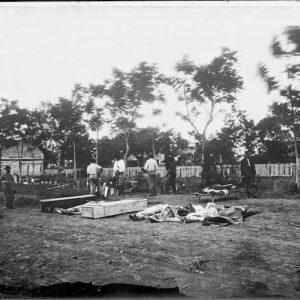
Image ID: AAGV
$4.99 -
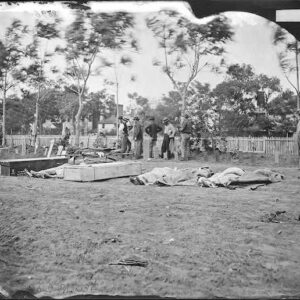
Image ID: AAGW
$4.99 -
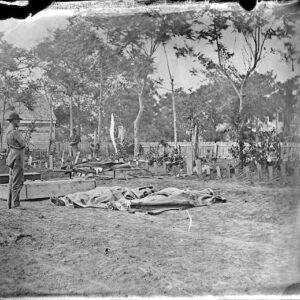
Image ID: AAGX
$4.99 – $6.99 This product has multiple variants. The options may be chosen on the product page -
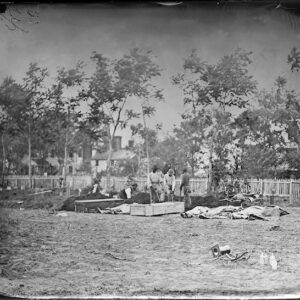
Image ID: ABGB
$4.99 – $6.99 This product has multiple variants. The options may be chosen on the product page -
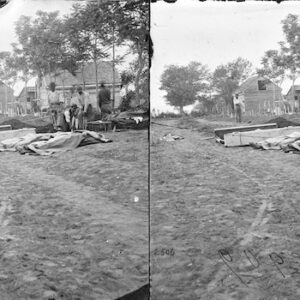
Image ID: ABTA
$6.99 -
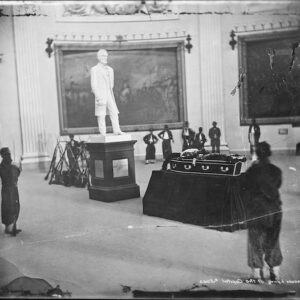
Image ID: AHPA
$4.99 -
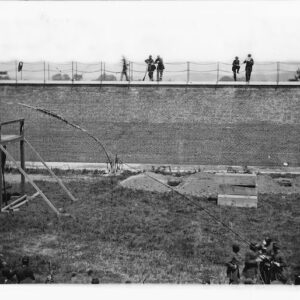
Image ID: AJIL
$6.99 -
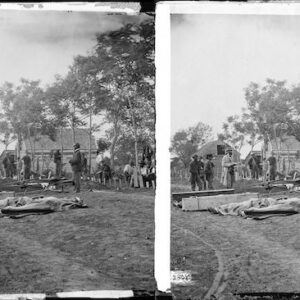
Image ID: AKUJ
$6.99 -
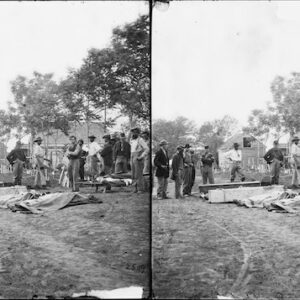
Image ID: AKUK
$6.99 -
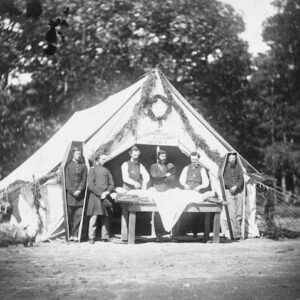
Image ID: AMIZ
$0.99 -
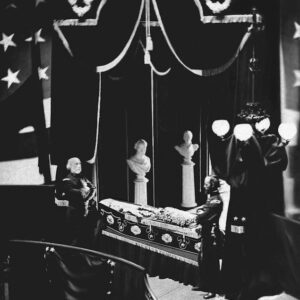
Image ID: ATWD
$0.99 – $5.99 This product has multiple variants. The options may be chosen on the product page -

Image ID: AVTF
$4.99 -

Image ID: AXFK
$1.99